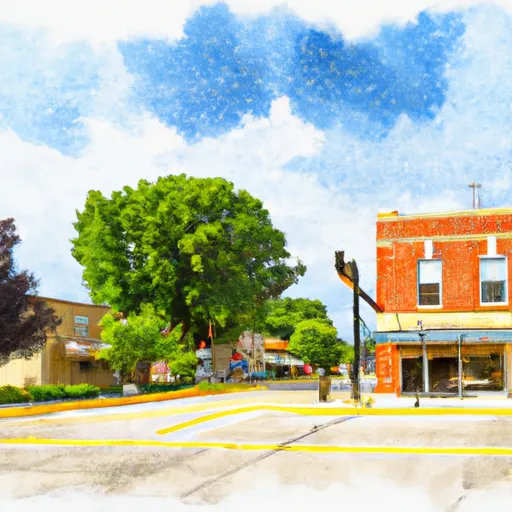°F
°F
mph
Windspeed
%
Humidity











Lytton, Iowa is a small town located in Sac County in the Midwestern United States. The climate in Lytton is classified as a humid continental climate, characterized by hot summers and cold winters. Average high temperatures in the summer range from the mid-80s to low 90s Fahrenheit, while winter temperatures can drop below freezing, with average lows in the mid-teens to mid-20s Fahrenheit. Precipitation is fairly evenly distributed throughout the year, with slightly higher amounts during the summer months.
The hydrology constituents in Lytton primarily revolve around the nearby Raccoon River, which flows through the county. The river provides opportunities for fishing, boating, and other water-based activities. Additionally, there are several small lakes and ponds in the surrounding area that offer recreational opportunities such as swimming and picnicking.
In terms of outdoor recreation, Lytton is surrounded by beautiful natural landscapes, including forests and prairies. The area is ideal for activities such as hiking, camping, birdwatching, and wildlife viewing. The town also has a few local parks and recreational facilities that offer amenities like playgrounds, sports fields, and walking trails for residents and visitors to enjoy.
Weather Forecast
Lytton receives approximately 830mm of rain per year, with humidity levels near 84% and air temperatures averaging around 9°C. Lytton has a plant hardyness factor of 5, meaning plants and agriculture in this region thrive during a short period during spring and early summer. Most plants will die off during the colder winter months.
Regional Streamflow Levels
28
Cubic Feet Per Second
29,800
Cubic Feet Per Second
24,000
Cubic Feet Per Second
149
Cubic Feet Per Second
Nearby Camping
| Camping Area | Reservations | Toilets | Showers |
|---|---|---|---|
| Rothenburg City Park | |||
| Hacklebarney Woods County Park | |||
| St. James Municipal | |||
| Landing - Franklin City Campground | |||
| Voss Park City Campground | |||
| Fort Ridgely State Park |



